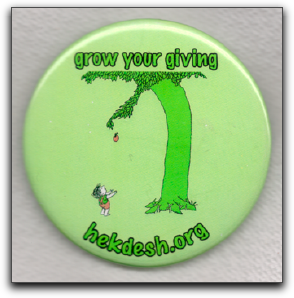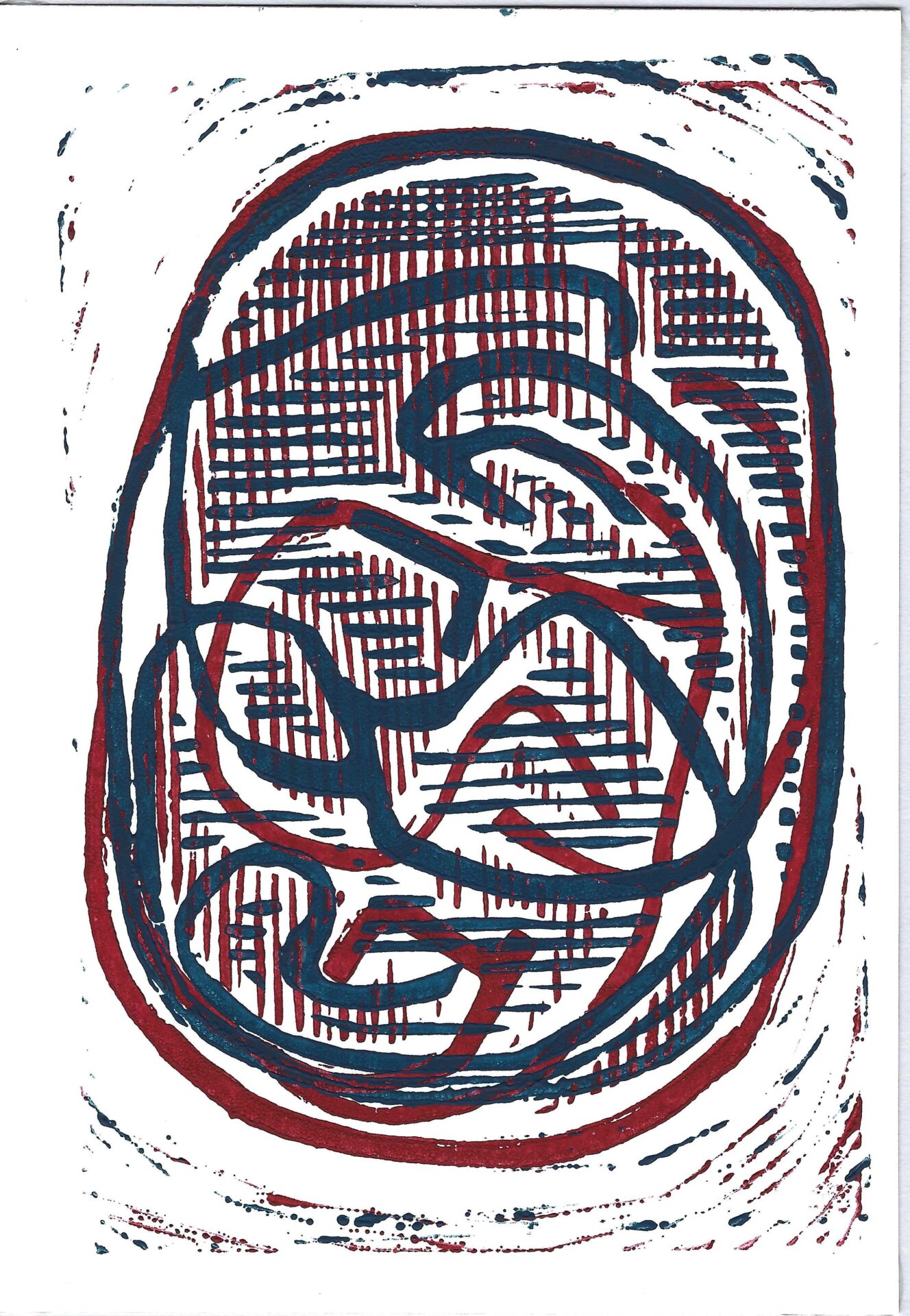giving
On May Day, The New York Times published an article about how to determine how much money you should donate, suggesting that “God Knows”. The article states that “Americans gave away 2.2 percent of their personal disposable income to nonprofit groups of various sorts in 2008”. It reviewed the usual amounts suggested by various “Western” religious groups. Aside from the well-known Mormon practice of tithing (10%) which is based on Biblical (i.e. Jewish) texts, it mentions that “the Koran specifies a donation of one-fortieth (2.5 percent) of one’s accumulated wealth each year”, which is an intriguing concept. Another (Christian) suggestion presented by Gary Anderson, a professor of theology at Notre Dame, is based on the correspondence between the English poets Robert Bridges and Gerard Manley Hopkins in which Bridges advised:
giving to the point of personal inconvenience, so that something that you wanted to do, you wouldn’t be able to do because you had given goods to the poor…not giving to the point of utter impoverishment, but it’s not just giving pocket change either.
However, I think these ideas of “discretionary” “philanthropic” giving are misunderstandings of what the original Biblical text had in mind. That 10% of the yield of your land described in Deuteronomy 14: 22–27 is a tax due the Levites and priests who are landless (i.e. “non-productive” members of society) and maintain “The System” (the administrative and cultic center). This is not free-will giving.
Debbie and I understand this to be a collective responsibility represented by our government to take care of the widow and the orphan and the stranger that is within our midst. And, so, we vote in such a way that we hope that our taxes will be used for those purposes. In addition, we give to a wide variety of philanthropic causes. To some we give more, to others less. We give throughout the year and periodically check to see if we are “giving enough”. We don’t consciously give “to the point of personal inconvenience”, but it always seems that there are more causes that require our help than we have the resources to support.
tree
If, as according to Psalm 24:1 “L’Adonai ha’aretz u’melo’ah (ליהוה הארץ ומלואה, For the earth is the Lord’s and all its fullness)”, we are constantly receiving or taking from a “Giving Earth”. Even if we are uncomfortable with the theistic expression of the Psalm, we are aware of ourselves as short-term tenants or custodians of the earth. It is not surprising that we make sure that we do not destroy our home, and might even be expected to give something back. There are so many parts of our earth that give to us unquestioningly.
Perhaps one of the strangest expressions of this idea of the giving earth is the much discussed, famous, 20th century children’s book by Shel Silverstein (who’s yahrtzeit 24th of Iyyar, 5770 coincides with the date of the publication of this post. Saturday 8 May 2010): The Giving Tree. As the Wikipedia article states:
Ever since the book was published, it has generated controversy and opposing opinions for its interpreted messages, on whether the tree is selfless or merely self-sacrificing, and whether the boy is selfish or reasonable in his demands of the tree.
I read the book to our children many times, in both English and Hebrew (as well as other Silverstein books available in Hebrew). How Silverstein himself came down on the debate about the meaning of the tree, I don’t know, but, the discussion that it raised for our kids was valuable.
taking
Therefore, I was a bit surprised to see the use of Silverstein’s image on a lapel button by a group called Hekdesh (Hineynu Kehillat Dorot Shovachat) “is a communal vehicle for tzedakah. Membership is open to those in the Dorot Fellow Network and their partners/spouses.” I was intrigued by the word’s use as an acronym, but the phrase was puzzling. So I checked with Jay, my official Modern Hebrew translator.
Clearly, the intent is שובחת – with a “khet”, and thus what we have is related to improving or embellishing (in positive manner). That’s the hif’il use (להשביח). What appears in their phrase is pa’al (kal), and I can’t think of common usage of the verb in that sense. It does show up in the passive, with a meaning of being praised, but in the phrase קהילת דורות שובחת it’s definitely active. In the phrase (קהילת דורות שובחת) Dorot doesn’t refer to generations, but instead simply to the name of the organization. I get the feeling that they liked the idea of HeKDeSh as their name, and then went through a few possibilities for what it might stand for.
Thus, the translation would be something along the lines of:
The Dorot Community for Improvement.
I’m all in favor of tzedakah collectives. I think they’re a great idea. It’s important to be able to make decisions about how our money is used. I am, however a bit puzzled about the use of the the image of The Giving Tree. I am puzzled not so much because of its complicated meaning as stated above, but, because I don’t see anywhere on the button any indication that Shel Silverstein (or his estate) gave permission to use the image.
To the best of my knowledge, the image of The Giving Tree is not (yet) in the public domain. The use of the image on the button represents “taking” more than “giving”.

hekdesh.org
| Date: | ca. 2008 |
| Size: | 5.7 |
| Pin Form: | safety |
| Print Method: | celluloid |
| Text | grow your giving hekdesh.org |
your lapel buttons
Many people have lapel buttons. They may be attached to a favorite hat or jacket you no longer wear, or poked into a cork-board on your wall. If you have any laying around that you do not feel emotionally attached to, please let me know. I preserve these for the Jewish people. At some point they will all go to an appropriate museum. You can see all the buttons shared to date.

